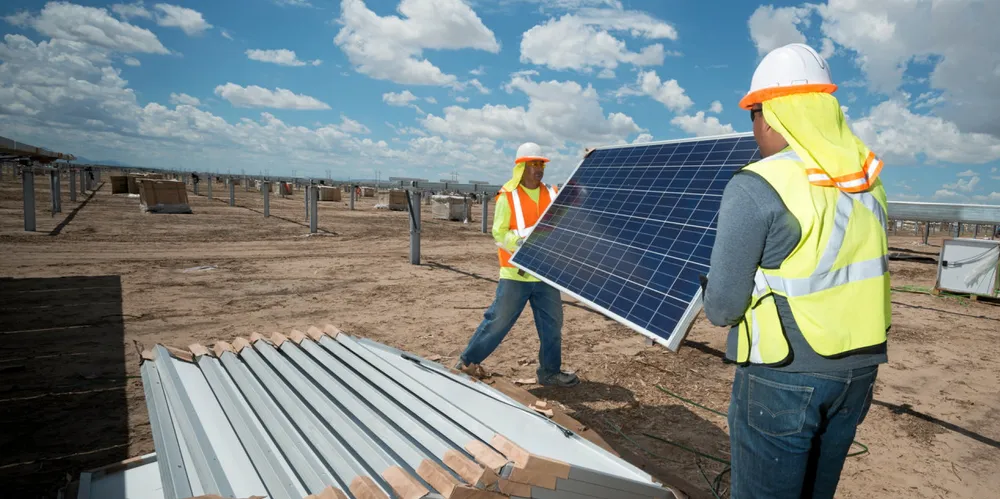Utility-scale solar power build-out set to outshine wind for first time in US: EIA
Coming year will see 21GW of PV plant installed in the country, versus 7GW of wind, reflecting former sector's 'favourable' tax credit support from Washington, forecasts Energy Information Administration's latest outlook
